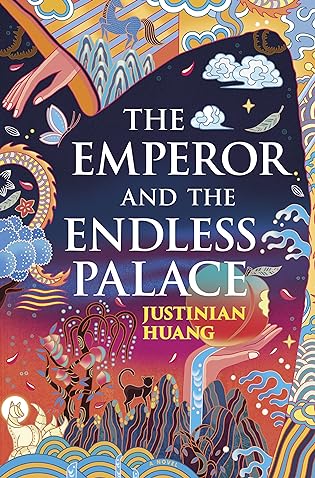 The Emperor and the Endless Palace by Justinian Huang
The Emperor and the Endless Palace by Justinian Huang Format: eARC
Source: supplied by publisher via Edelweiss
Formats available: hardcover, ebook, audiobook
Genres: fantasy romance, historical fantasy, M/M romance, magical realism, romantasy
Pages: 312
Published by Mira on March 26, 2024
Purchasing Info: Author's Website, Publisher's Website, Amazon, Barnes & Noble, Kobo, Bookshop.org, Better World Books
Goodreads
“What if I told you that the feeling we call love is actually the feeling of metaphysical recognition, when your soul remembers someone from a previous life?”
In the year 4 BCE, an ambitious courtier is called upon to seduce the young emperor—but quickly discovers they are both ruled by blood, sex and intrigue.
In 1740, a lonely innkeeper agrees to help a mysterious visitor procure a rare medicine, only to unleash an otherworldly terror instead.
And in present-day Los Angeles, a college student meets a beautiful stranger and cannot shake the feeling they’ve met before.
Across these seemingly unrelated timelines woven together only by the twists and turns of fate, two men are reborn, lifetime after lifetime. Within the treacherous walls of an ancient palace and the boundless forests of the Asian wilderness to the heart-pounding cement floors of underground rave scenes, our lovers are inexplicably drawn to each other, constantly tested by the worlds around them.
As their many lives intertwine, they begin to realize the power of their undying love—a power that transcends time itself…but one that might consume them both.
An unpredictable roller coaster of a debut novel, The Emperor and the Endless Palace is a genre-bending romantasy that challenges everything we think we know about true love.
My Review:
Three roads converge in the midst of a labyrinth. Three fates collide in never ending repetition. No matter where or when the tragedy recurs, nothing ever makes a difference in the ultimate outcome.
In other words, no matter where you go, there you are.
An emperor and a clerk in 4 BCE, an innkeeper and a mysterious stranger in 1740, a medical student and an artist in the now. Three times, three places, three romances, three tragedies.
Different incarnations, different times, different lives but the same results. Because this isn’t just a story of love lost and found, but a story of love lost because it has been betrayed, over and over again. An eternal triangle that hinges on the heart of the one who always remembers everything, and yet can’t stop himself from repeating the same old mistakes. Over and over and over again.
Because even death seems incapable of doing their spirits apart. Perhaps next time, because even if nothing else is certain, there will certainly be one.
Escape Rating A-: This story walks three paths, and at first it doesn’t seem like one has much to do with the other. It reminded me of stories about walking a maze of trials that leads to a central point, a trail of trials that no matter which path is walked that ultimately leads to the same place – and all too frequently the same goal or battle or contest or tragedy. A progression that, as the path is walked and the spiral gets tighter, allows brief glimpses into the spirals on either side.
But at the beginning, the relationship between Dong Xian’s precarious climb up the ladder in Imperial China, He Shican’s nighttime wanderings in the woods around his remote inn in the mid-18th century, and River’s drug-induced hallucinations of the circuit party scene in today’s Los Angeles don’t have a connection that the reader can see.
It’s only in the dreams, nightmares and drug-induced ecstasy that the characters experience in each of the timelines that the stories begin, hazily at first, to reach out for each other – even as the contemporary characters in this never-ending story, River and Joey and Winston, come together and ultimately drive each other away.
Each of the stories begins slowly, but as they draw towards their individual conclusions that are all the same tragic ending, the inward spirals get faster and faster and tighter and tighter – like the loop of a noose closing around the throats of ALL the stories, leaving the reader breathless at the end.
An ending which may not be one at all.
I’m not sure what I was expecting when I started this book, although a friend’s absolute rave about it induced me to give this debut novel a try. And I’m glad I did because in the end I was completely blown away by this sexy, queer romantasy AND that it’s the author’s first.
I can’t wait to see what he does for an encore!

 What You Are Looking For Is in the Library by
What You Are Looking For Is in the Library by  As much as I enjoyed the narration, which I very much did, it’s the stories themselves that give the collection its charm, as was true in similar books such as
As much as I enjoyed the narration, which I very much did, it’s the stories themselves that give the collection its charm, as was true in similar books such as 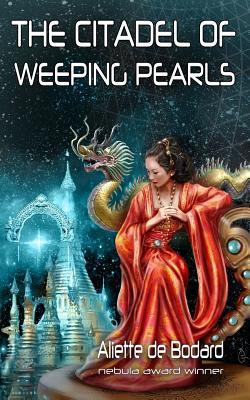 The Citadel of Weeping Pearls (Xuya Universe) by
The Citadel of Weeping Pearls (Xuya Universe) by 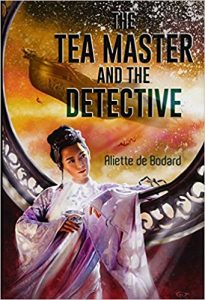 I’ve been nibbling at the vast, sprawling
I’ve been nibbling at the vast, sprawling 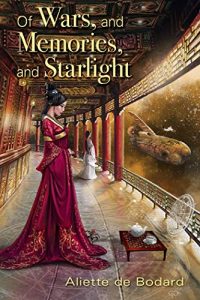 But nothing is quite as it seems, as the possibility of going back and bringing the Citadel forward forces everyone who has been touched by its disappearance to rethink what they did then, what they’ve felt in the absence of the shooting star that is/was Bright Princess Ngoc Minh, and what they might do with a second chance.
But nothing is quite as it seems, as the possibility of going back and bringing the Citadel forward forces everyone who has been touched by its disappearance to rethink what they did then, what they’ve felt in the absence of the shooting star that is/was Bright Princess Ngoc Minh, and what they might do with a second chance.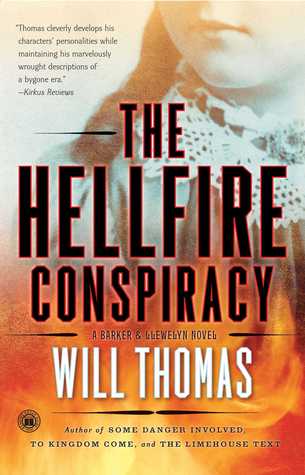 The Hellfire Conspiracy (Barker & Llewelyn, #4) by
The Hellfire Conspiracy (Barker & Llewelyn, #4) by 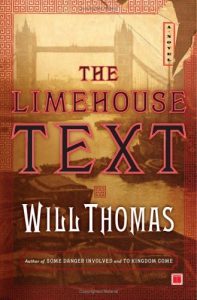 This fourth entry in the marvelously absorbing
This fourth entry in the marvelously absorbing 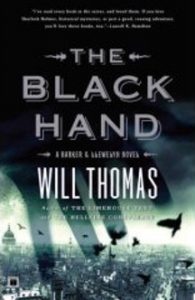 But it’s the characters of Cyrus Barker and Thomas Llewelyn themselves that keep the reader turning pages. Especially in a case like this one, where they go in knowing that the odds of a happy ending are very much against them, but determined to bring as much justice as can be had to all the victims of this atrocity; the living and the dead.
But it’s the characters of Cyrus Barker and Thomas Llewelyn themselves that keep the reader turning pages. Especially in a case like this one, where they go in knowing that the odds of a happy ending are very much against them, but determined to bring as much justice as can be had to all the victims of this atrocity; the living and the dead.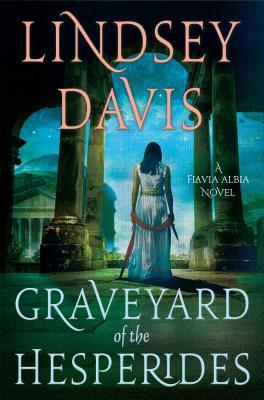 The Graveyard of the Hesperides (Flavia Albia Mystery, #4) by
The Graveyard of the Hesperides (Flavia Albia Mystery, #4) by 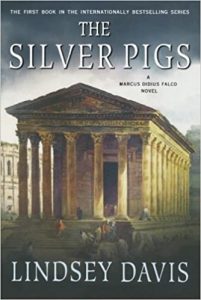 No matter how much technology advances, human nature remains pretty much the same, and that’s a big part of what makes historical mysteries so much fun AND so absorbing. That’s especially true in the
No matter how much technology advances, human nature remains pretty much the same, and that’s a big part of what makes historical mysteries so much fun AND so absorbing. That’s especially true in the 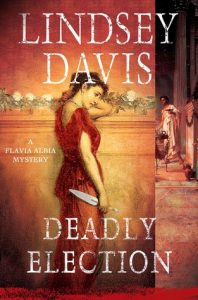 In other words, I came into this book with a whole lot of nostalgia and more than a bit of mystery reading background and baggage crowding my thoughts and falling out a bit willy-nilly all over the place. After all, it’s been nearly two years since I last visited Flavia Albia and her family in
In other words, I came into this book with a whole lot of nostalgia and more than a bit of mystery reading background and baggage crowding my thoughts and falling out a bit willy-nilly all over the place. After all, it’s been nearly two years since I last visited Flavia Albia and her family in  Even as she is in the midst of her own wedding and the hope of future happiness that it brings. If she can just manage to solve this case and get her in-laws out of her own and her formidable mother’s hair before someone’s face gets shoved into fist. Quite possibly her father’s.
Even as she is in the midst of her own wedding and the hope of future happiness that it brings. If she can just manage to solve this case and get her in-laws out of her own and her formidable mother’s hair before someone’s face gets shoved into fist. Quite possibly her father’s.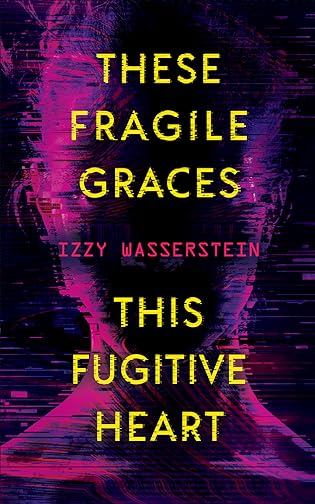 These Fragile Graces, This Fugitive Heart by
These Fragile Graces, This Fugitive Heart by 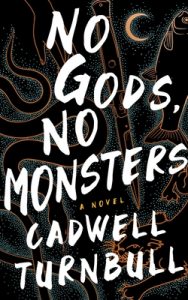 I also would have loved a bit more about the anarchist and commune movement as it applied to this particular story, because I was basing all of my knowledge and acceptance of the way that part of their world worked on Cadwell Turnbull’s fantastic
I also would have loved a bit more about the anarchist and commune movement as it applied to this particular story, because I was basing all of my knowledge and acceptance of the way that part of their world worked on Cadwell Turnbull’s fantastic  The Fox Wife by
The Fox Wife by 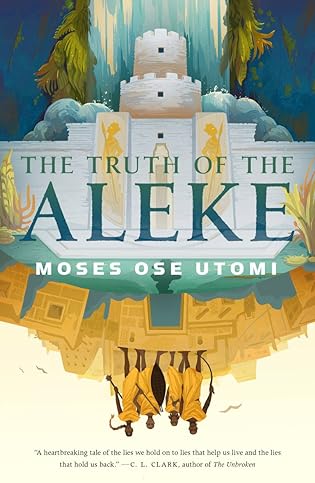 The Truth of the Aleke (Forever Desert, #2) by
The Truth of the Aleke (Forever Desert, #2) by 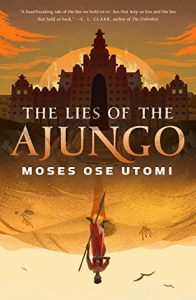 Escape Rating A+: Read
Escape Rating A+: Read  Murder at the Merton Library (Wrexford & Sloane, #7) by
Murder at the Merton Library (Wrexford & Sloane, #7) by  No matter how much, or how sincerely, they promised each other that they wanted a bit of peace and quiet with no murder investigations at the end of the previous book in the series,
No matter how much, or how sincerely, they promised each other that they wanted a bit of peace and quiet with no murder investigations at the end of the previous book in the series, 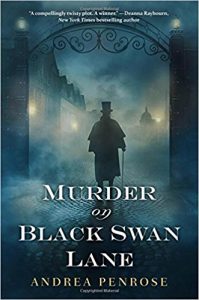 Escape Rating A-: I discovered this series last summer – another time when I was hunting for a good mystery series – and it has been an absolute delight every single time I’ve picked the series back up. But I held onto this entry because I’ve learned that no matter how great a series is – and this absolutely is – it just isn’t a good idea to read the series books too closely together no matter how much I’m tempted.
Escape Rating A-: I discovered this series last summer – another time when I was hunting for a good mystery series – and it has been an absolute delight every single time I’ve picked the series back up. But I held onto this entry because I’ve learned that no matter how great a series is – and this absolutely is – it just isn’t a good idea to read the series books too closely together no matter how much I’m tempted.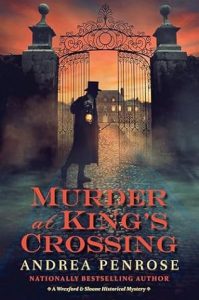 And on my third hand, one of the people caught up in this farrago clearly wasn’t onboard with all the deviltry involved, and could have had made much different choices, and we are confused by and feel for that character almost as much as Charlotte does.
And on my third hand, one of the people caught up in this farrago clearly wasn’t onboard with all the deviltry involved, and could have had made much different choices, and we are confused by and feel for that character almost as much as Charlotte does.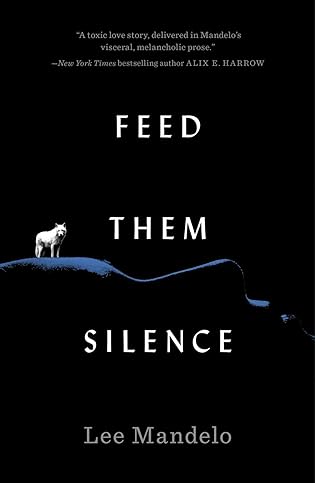 Feed Them Silence by
Feed Them Silence by 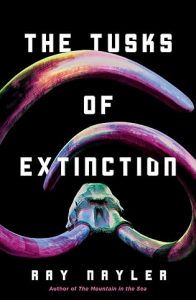 The process of becoming one with her wolf sounded exactly like the process portrayed in the
The process of becoming one with her wolf sounded exactly like the process portrayed in the